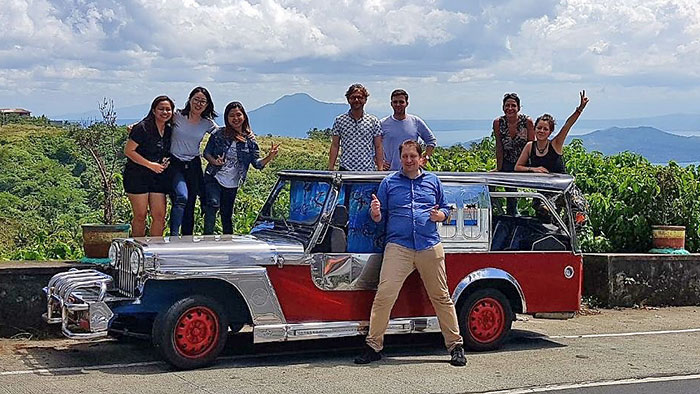Challenges of mid-sized cities in Asia
For six months, Maria Mejia worked at the German Agency for International Cooperation (GIZ) and the Asian Development Bank (ADB) as an intern for Capacity Development and Sustainable Cities. This gave her access to the inner soul of two of the greatest multilateral organizations boosting development projects worldwide. Specifically, she assisted the Cities Development Initiative for Asia (CDIA), a regional program supporting cities to design and implement urban development projects.


